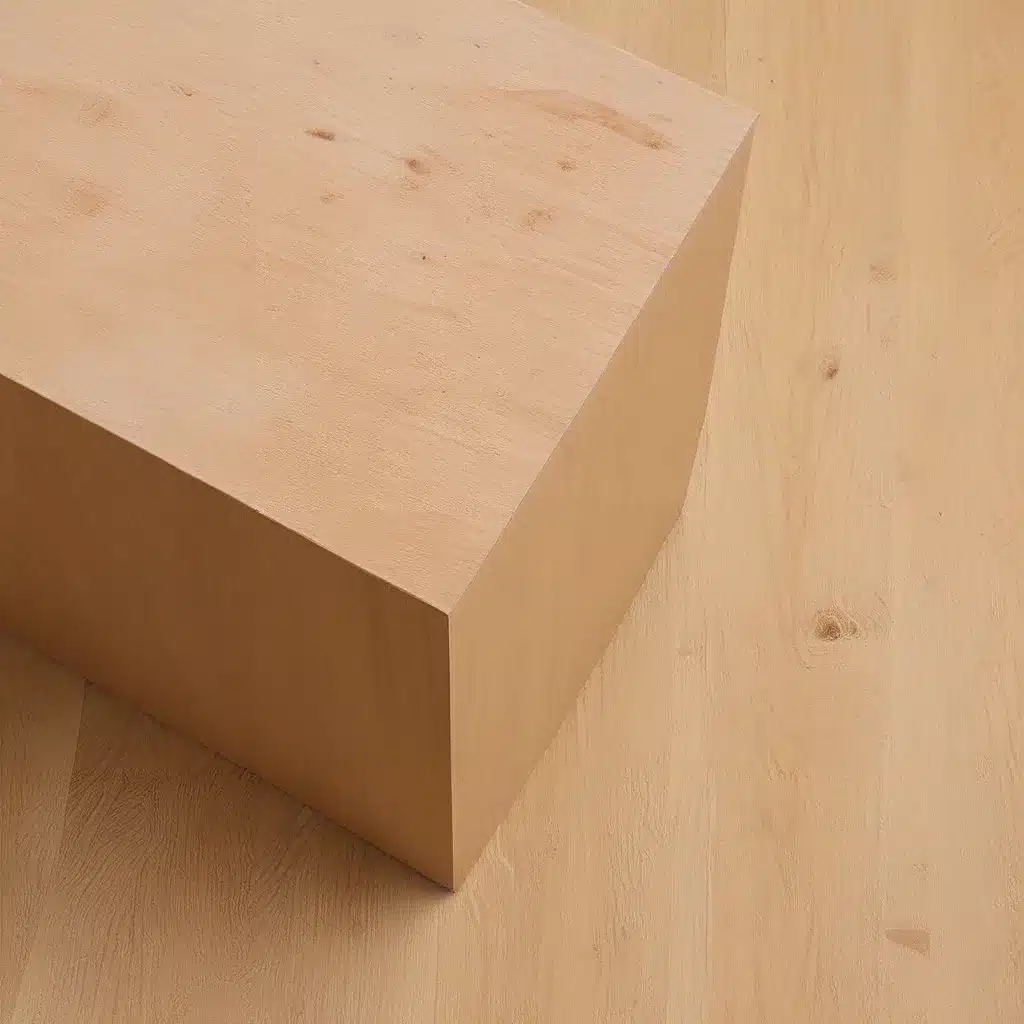
Outdoor Furniture’s Hidden Burden
Have you ever stopped to consider the environmental toll of your outdoor furniture? You know, those stylish patio sets, comfy lounge chairs, and sleek dining tables that transform our backyards into cozy oases. While we relish the luxury of sinking into plush cushions under the warm summer sun, the truth is that the furniture industry has a significant impact on our planet.
As an admitted furniture enthusiast, I’ve often marveled at the evolution of outdoor furnishings, from the retro charm of wrought iron to the modern allure of synthetic rattan. But as I dove deeper into researching this topic, I was confronted with the harsh realities of the environmental footprint left by our beloved patio pieces.
Tracing the Lifecycle of Outdoor Furniture
Let’s start by examining the materials that go into crafting outdoor furniture. The most common choices – wood, plastic, aluminum, and wicker – each carry their own environmental baggage. Tropical hardwoods like teak, while undeniably beautiful, often come from unsustainable sources that contribute to deforestation. Plastic furniture, on the other hand, can take centuries to decompose, leaching harmful chemicals into our waterways and soil.
Even materials that seem more eco-friendly, like aluminum, have a significant carbon footprint due to the energy-intensive extraction and manufacturing processes. And while wicker may conjure images of laidback charm, the labor-intensive harvesting and weaving can raise ethical concerns about working conditions.
But the environmental impact doesn’t stop at the materials themselves. The manufacturing, transportation, and disposal of outdoor furniture all play a role in its overall ecological footprint. Furniture produced overseas and shipped long distances generates substantial greenhouse gas emissions. And when that beloved chaise lounge finally meets its end, its fate in the landfill or recycling center can make a world of difference.
Empowering Consumers to Make a Difference
So, what’s a furniture-loving eco-warrior to do? The good news is that there are plenty of ways we can reduce the environmental impact of our outdoor oases. It all starts with making informed, mindful choices when selecting and caring for our patio pieces.
One of the key strategies is to prioritize sustainable materials. Look for furniture crafted from reclaimed wood, recycled plastics, or fast-growing, renewable resources like bamboo and eucalyptus. These options not only minimize the strain on natural resources but also often have a smaller carbon footprint.
But it’s not just about the materials – the manufacturing process matters too. Seek out brands that prioritize ethical labor practices, use renewable energy sources, and employ eco-friendly production methods. Unfinished Furniture, for example, partners with artisans and workshops that prioritize sustainability, ensuring your purchases have a positive impact on both the planet and the people behind the scenes.
Maximizing the Lifespan of Outdoor Furniture
Of course, the environmental benefits of sustainable furniture are only realized if we take proper care of our investments. Proper maintenance and storage can significantly extend the lifespan of our outdoor pieces, reducing the need for frequent replacements and the associated resource consumption.
When the seasons change, be diligent about protecting your furniture from the elements. Invest in weatherproof covers, store delicate items indoors, and follow manufacturer recommendations for cleaning and storage. With a little TLC, that teak dining set or wicker loveseat can continue to grace your backyard for years to come.
Embracing the Circular Economy
But what happens when our beloved outdoor furnishings have truly reached the end of their life cycle? This is where the concept of the circular economy comes into play – the idea of eliminating waste and keeping resources in use for as long as possible.
Rather than sending that worn-out Adirondack chair to the landfill, explore options for recycling or repurposing the materials. Many municipalities and specialized recyclers now accept a wide range of furniture components, from metal frames to wooden slats. And with a little creativity, you can even transform outdated pieces into charming garden planters or quirky indoor decor.
The Power of Community-Focused Furnishings
The environmental impact of outdoor furniture goes beyond just the physical materials – it also has a significant social impact, particularly in public spaces. The furniture we choose for our community parks, town squares, and streetside seating areas can either foster a sense of inclusivity and care, or convey a message of neglect and disrepair.
By investing in high-quality, durable, and sustainable outdoor furnishings for public spaces, we can create welcoming environments that encourage everyone to linger, relax, and engage with their surroundings. Comfortable seating, thoughtful design, and a touch of natural beauty can transform a simple park bench into a community gathering place.
Embracing the Future of Eco-Friendly Outdoor Living
As consumers become increasingly eco-conscious, the demand for sustainable outdoor furniture is on the rise. Brands that prioritize environmental responsibility are not only doing their part to reduce their carbon footprint but also empowering customers to make a difference with their purchasing decisions.
So, the next time you’re in the market for a new patio set or outdoor accent piece, I encourage you to look beyond the surface-level aesthetics and dive deeper into the environmental and social impact of your choices. By making informed, mindful decisions, we can create beautiful outdoor spaces that nourish both our personal enjoyment and the health of our planet.
After all, the future of our gardens and backyards depends on the footprint we leave behind. Let’s work together to ensure that the furniture we cherish today can continue to delight generations to come.








